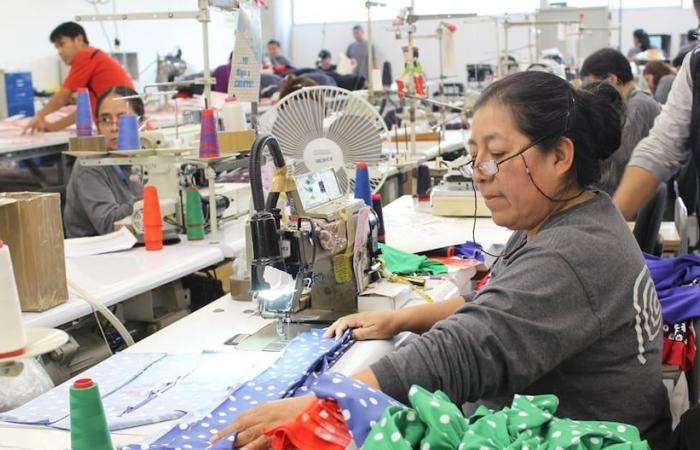One of the changes that the future law brings is to increase – for a period of three years – the tax benefit for the mypes that make expenses in training of their workers. Currently, every company – including mypes – can deduce as expense the amount they invest in training, when calculating the income tax (go) to pay.
The approved law makes that expense a Tax creditwhich will directly reduce to pay, for an amount equivalent to said expense (a limit of 1% of the annual form is set). With this, the training benefit for training will be much greater, explained tax lawyer Pablo León, senior associate of the Rebaza study, Alcázar & de las Casas.
To graph the change, he presented an example. If a company currently deduces as a training expense S/ 10,000, this generates saving in the IR of S/ 2,950. While with the new standard, the savings in the payment of IR will be S/ 10,000, an amount three times higher (See picture). “The measure seeks to encourage Mypes to train their workers,” said Pablo León.

 ×
×The approved legislative initiative also indicates that the benefit of the tax credit for training It will only apply for the mypes that are in the general regime, which pay 29.5% of IR.
That is, it will not apply for the Mypes found in the MYPE Tax regime, Special Income Regime (RER) or Simplified Single Regime (RUS). Pablo León criticized this exclusion. “If you seek the promotion of mypes, it does not make much sense to make these distinctions. Perhaps it has been an error in the drafting of the norm, which could try to save itself in its future regulation,” he noted.
Also read: return of taxes to workers: key dates and recommendations
-
This differentiation in the tax benefit was also questioned by the Executive when he sent his observations to the bill in July 2024, since he warned that the measure would be regressive.
“The proposal would only benefit the companies (MYPES) that are in the general regime, whose income is usually high, and that, in addition, they usually hire workers with higher levels of education and who hold higher wages, thus benefiting companies with greater economic capacity to hire them. Most smaller companies would not benefit from the proposal”, Said the executive at that time.
The Executive also estimated that the fiscal cost of the tax credit for training would amount to S/ 31 million, during its three years of validity.
The next law indicates that the list of training programs that may apply to the tax benefit will be approved by the Executive via Decree, after coordination between the Ministries of Production, Economics and Labor.
Likewise, the training must be carried out in the country and should not grant academic degree. The tax credit “is applied during the year in which the training expenses accrue and pay, and does not generate balance in favor of the taxpayer nor can it be dragged to the following exercises, nor does it grant the right to return nor can it be transferred to third parties,” adds the norm.








